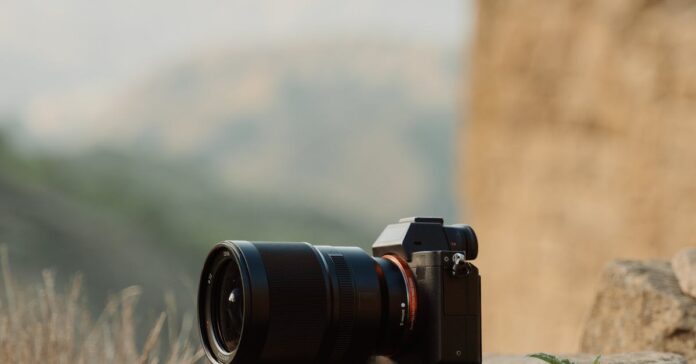Do you wish you could take better pictures? You will find tons of information in this article that will help you improve your skills and begin taking better pictures.
In order to take good pictures, get closer to what you want to photograph. Many cameras allow you to zoom in on your object, but you will get a better quality photo if you actually get closer instead of relying on the zoom feature. Besides, you need to take a good look at what you are taking a picture of so as to get a better feel for it.
Learn how to snap a picture quickly. Do not wait for your subject to take a certain pause, this might not happen. Take several pictures if you need to. By taking pictures quickly, you will get natural expressions and pauses. If you wait too long, your subject will probably have a rather rigid and artificial expression.
In photography, it is very important to vary the amount of angles that you use on your subject. Shoot pictures from the front, side, and back, which will help to give you an elegant collage instead of just one angle. Move around as often as possible to optimize your results.
Do not make adjusting your settings too complex. Take the time to fully understand one part of your camera controls, such as shutter speed, prior to moving on to aperture or other features. This puts you mind on taking the picture quickly rather than messing with all the dials and screens on your camera.
To avoid red eyes in your photographs, make sure that your camera either has built in red eye reduction or you change the direction of your flash. If you did shoot a photo and it contains red eyes, you can easily remove them through the use of a graphics software such as Corel or Photoshop.
A great photography tip is to keep your sensor as clean as possible. If your sensor is dirty, you’re going to end up with a dirty picture. Having a clean sensor can save you a lot of time by not having to clean up a photo in an image editing program.
You should think about getting a tripod. A good tripod offers you more stability and allows you to take your time composing your picture. Get a tripod that give you flexibility in height and positioning. Tripods are a useful tool for certain kinds of pictures only. Do not use a tripod if you are looking for a unusual angle.
Photographers will often focus so much on the background that the foreground is completely forgotten or an afterthought, but it makes up the bulk of the photograph and deserves a fair amount of attention. Create a nice foreground in your shot to make your picture look more deep and to frame in more intimately.
Hold your camera properly. You should hold it on one side and use your other hand to support the lens. Place your hand under the lens instead of over it. When you place your hands this way, you are supporting the camera instead of applying pressure, which could make your pictures blurry.
When photographing portraits, isolate your subject. Use a medium telephoto lens or the medium telephoto setting on your zoom. That, combined with a large aperture (try f/4 or larger), blurs the foreground and background. Focus on the eyes. Use diffused lighting for a flattering look. If outdoors, wait for an overcast sky or shoot with the subject in the shadows and the sun at your back.
Get an external flash unit with a diffuser instead of the built-in flash feature. These built-in flashes often make a picture look very harsh. An external flash unit gives a more natural aspect to your photographs and allows you to edit them without the noise you get when you use another kind of flash.
Do not let your knowledge shape your pictures. You should base your picture around your idea and creative feel and use knowledge and your equipment help you make this idea come to life. You can experiment with techniques when you first learn them, but you will take your best pictures when you let your ideas take charge.
An important part of photography is making sure the viewer of the photo focuses in on the subject. An easy way to make your subject really stand out is the use of leading lines. Leading lines draw the viewer’s eye towards the subject of photo and emphasize depth. Examples of objects used to form leading lines include roads, fences, rivers and many others.
Talent and training are both important in determining the quality of your photos. The tips provided in the above article is an excellent starting place for any person who dreams of becoming a professional photographer.

